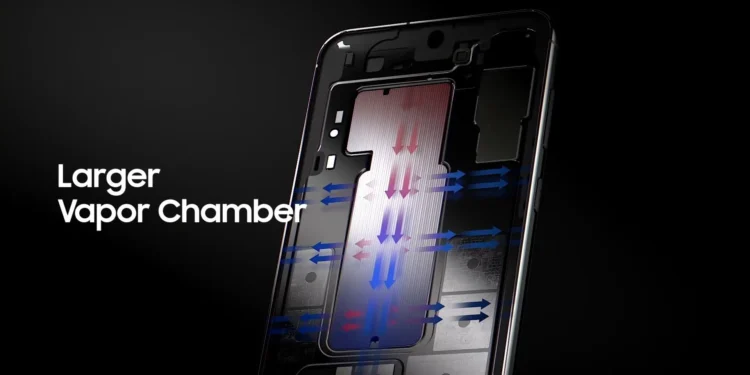The Samsung Galaxy S25 Ultra, with its new Snapdragon 8 Elite chipset, is at the forefront of the Android flagship market. This smartphone brings with it the promise of unprecedented performance thanks to the first-ever 3nm chip in an Android device. But with great power comes the challenge of managing intense heat. Samsung’s latest innovation claims to tackle this issue head-on. Let’s delve into how the Galaxy S25 Ultra stands up to its competitors, namely the iPhone 16 Pro Max and the OnePlus 13, in terms of cooling efficiency and sustained performance.
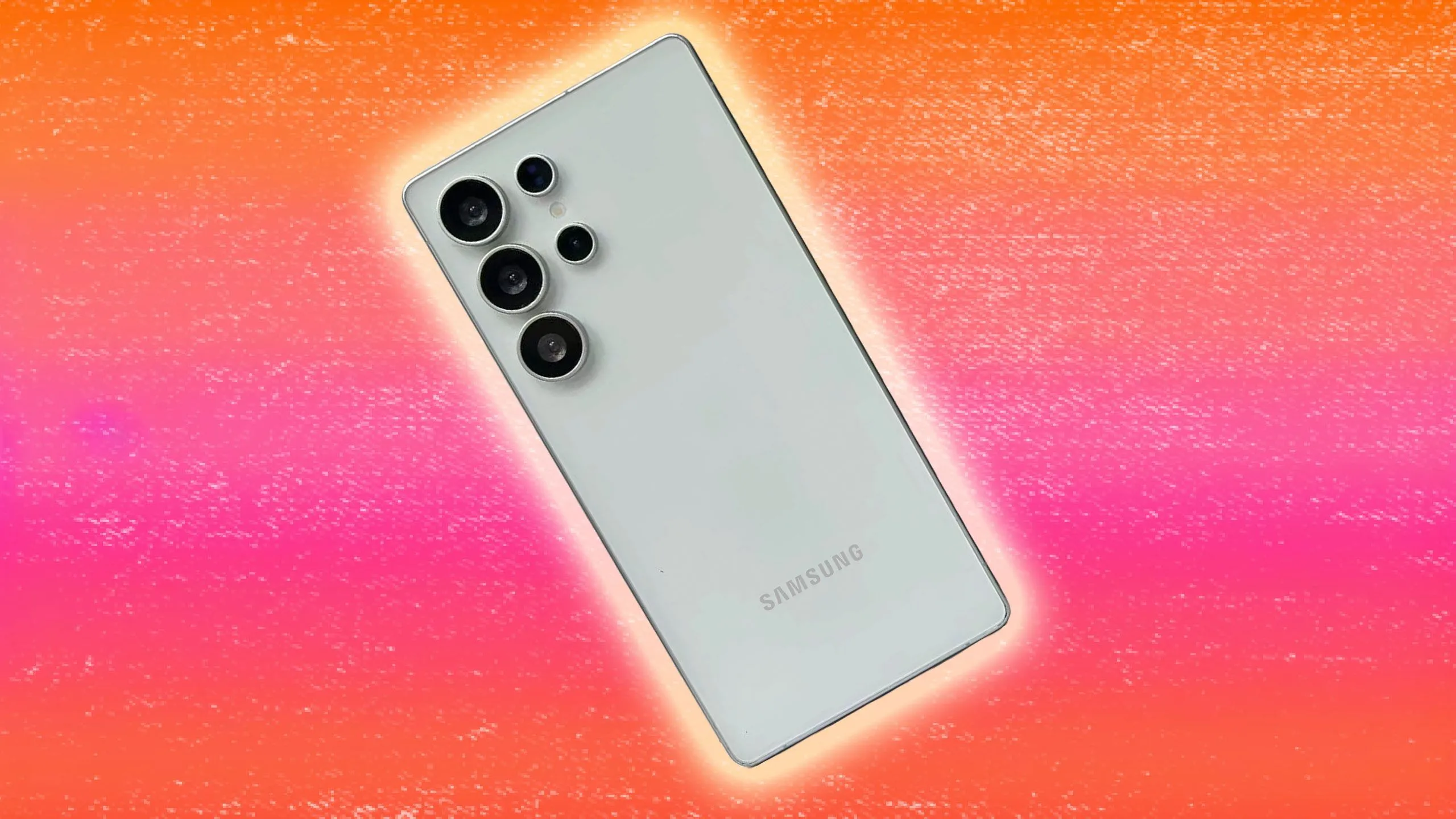
Breaking New Ground with Snapdragon 8 Elite
The heart of the Galaxy S25 Ultra is its Snapdragon 8 Elite chipset, which sets a new standard for Android smartphones. This chipset is not just about raw power; it’s about how effectively that power is utilized, especially under pressure. Samsung has paired this technological leap with a cooling solution that they claim surpasses anything seen in previous models. The S25 Ultra features a 40% larger vapour chamber than its predecessor, aiming to offer enhanced heat dissipation during intensive tasks.
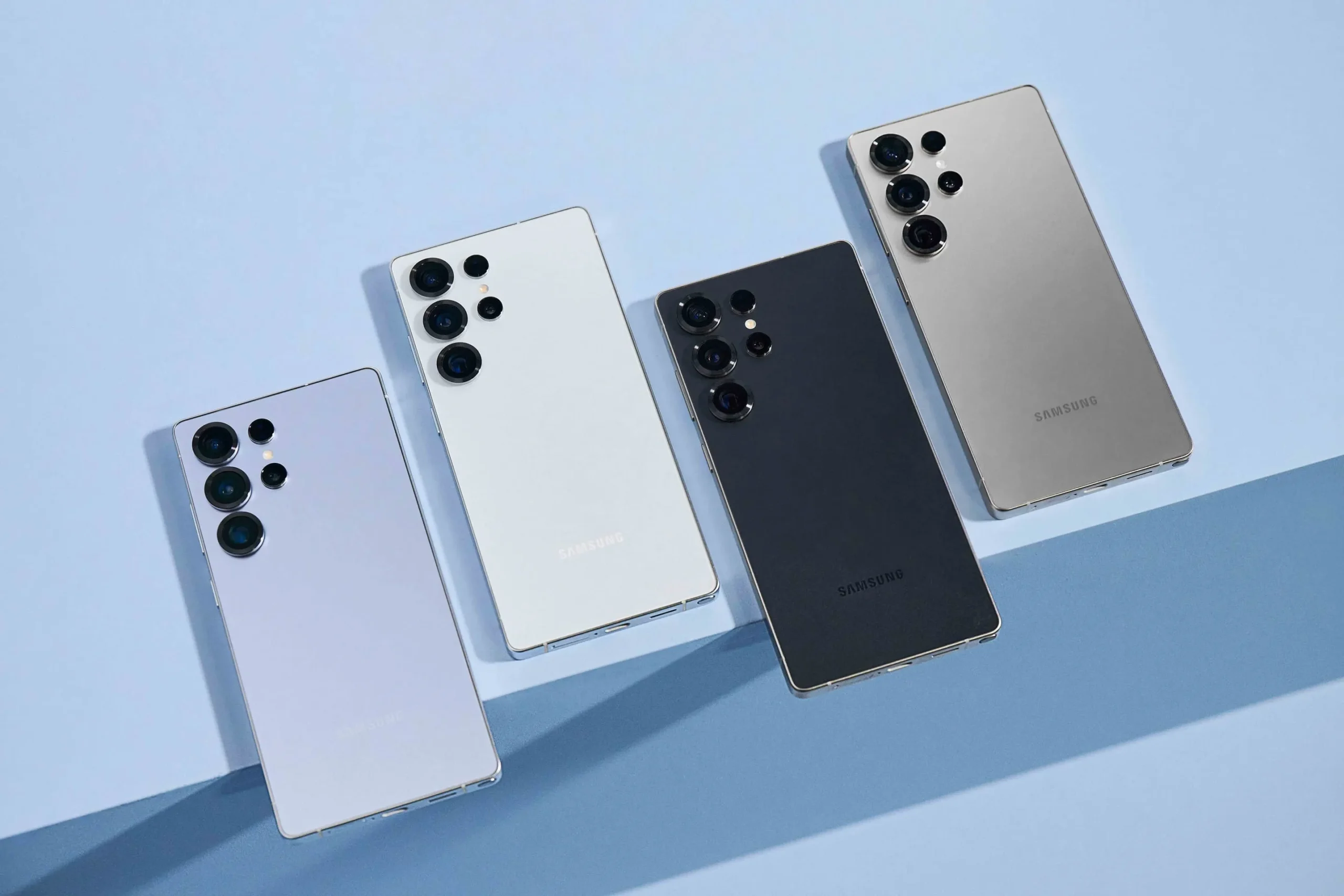
Real-World Performance Testing
To understand the practical implications of these upgrades, a GPU stress test was conducted using the 3D Mark Wildlife Extreme Stress Test. This benchmark, unlike others, simulates real-life usage by running for 20 minutes, allowing us to observe how performance changes as the device heats up. Initially, the Galaxy S25 Ultra scores impressively, reaching 6,200 points and surpassing the iPhone 16 Pro Max. However, shortly thereafter, the performance dips significantly due to thermal throttling.
At its peak, the Galaxy S25 Ultra’s performance is commendable, but it quickly drops to about 3,000 points, roughly half its initial score. This sharp decline illustrates the thermal limitations of the device, even with its upgraded cooling system.

Comparison with Rivals
The OnePlus 13, utilizing the same Snapdragon 8 Elite chipset, demonstrates a more stable performance under similar conditions. It starts on par with the Galaxy S25 Ultra but maintains a higher score of nearly 4,500 points throughout the test. This suggests that OnePlus may have optimized its thermal management strategies more effectively, or perhaps, its software limitations on performance to prevent overheating are less aggressive than Samsung’s.
Interestingly, despite having a special overclocked version of the Snapdragon 8 Elite, the Galaxy S25 Ultra does not maintain its performance advantage over the OnePlus 13. This raises questions about the efficacy of Samsung’s cooling technology and whether the larger vapour chamber is sufficient to handle the heat generated by the overclocked processor.
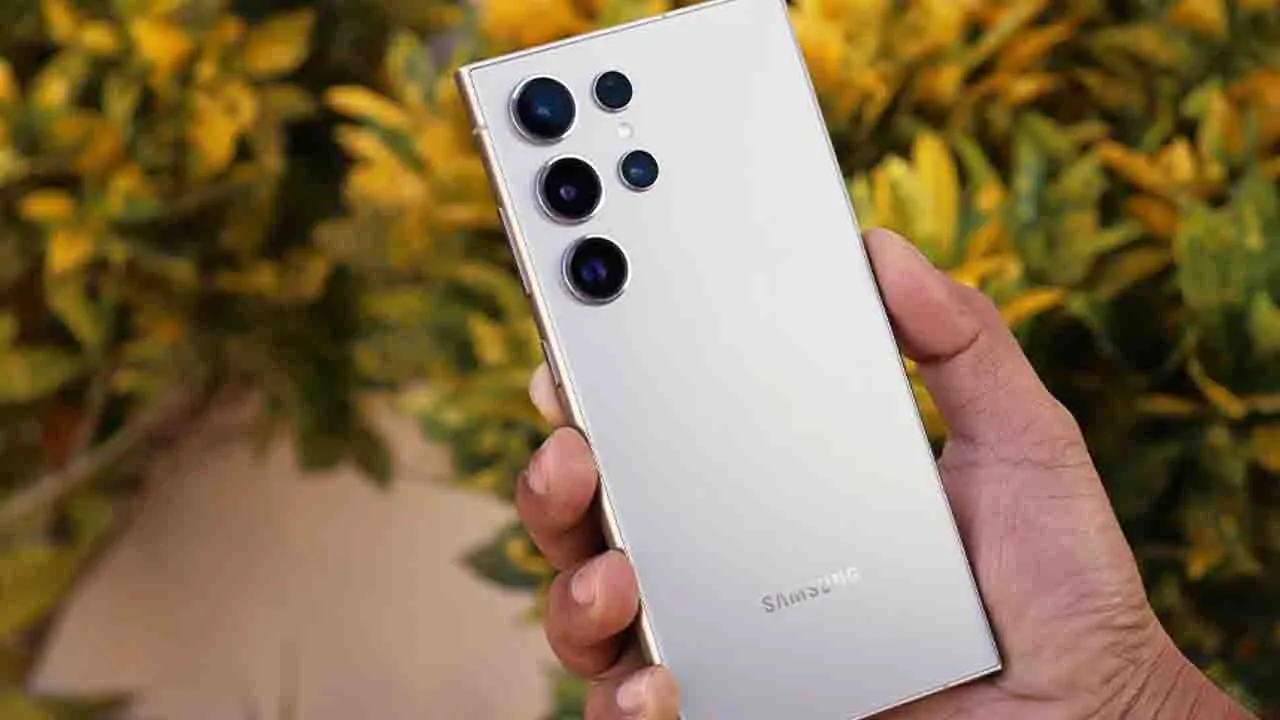
What This Means for Samsung and Its Users
The findings from the stress test indicate that while the Galaxy S25 Ultra begins strong, it cannot sustain its performance due to thermal throttling. This not only affects the overall user experience but also places the device behind its competitors in terms of prolonged performance reliability.
Samsung’s strategy appears to focus on pushing the boundaries of hardware capabilities. However, the current cooling solutions may not be fully up to the task, leading to a performance that doesn’t consistently deliver on the promise of the new chipset.
As the smartphone market continues to evolve, the balance between power and performance sustainability becomes increasingly crucial. The Galaxy S25 Ultra, with its pioneering technology, represents a significant step forward. Yet, it also highlights the ongoing challenges manufacturers face in thermal management. The race isn’t just about who can make the fastest phone, but who can make a phone that remains fast, even under extreme conditions.
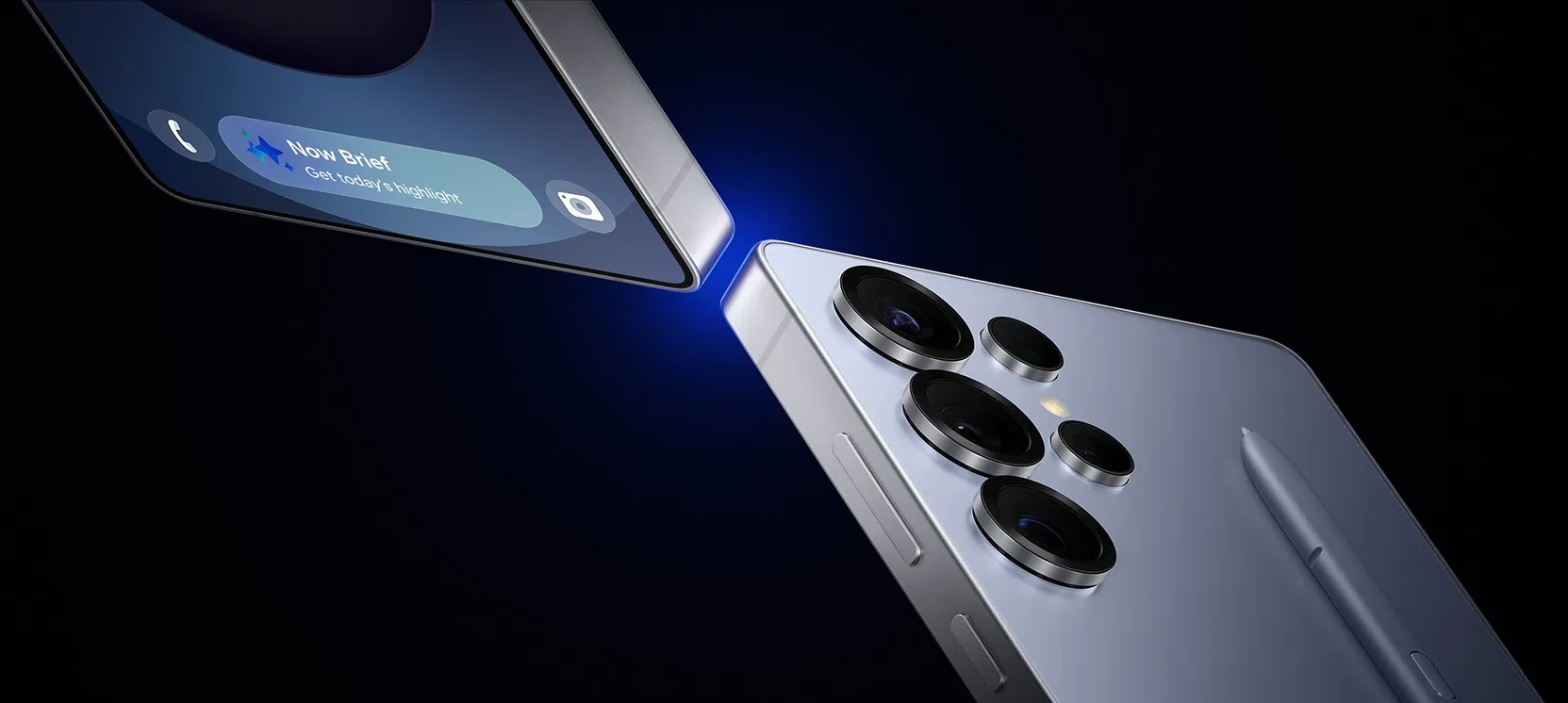
In the world of high-stakes smartphone performance, it’s clear that having a cutting-edge processor is not enough. Effective cooling systems are equally vital to ensure that devices can maintain peak performance over time. As Samsung continues to refine its technology, the Galaxy S25 Ultra serves as a valuable case study for the potential and pitfalls of innovation in smartphone technology. For now, it seems the OnePlus 13 leads the pack in maintaining robust performance under pressure, setting a high bar for Samsung and others to meet.

